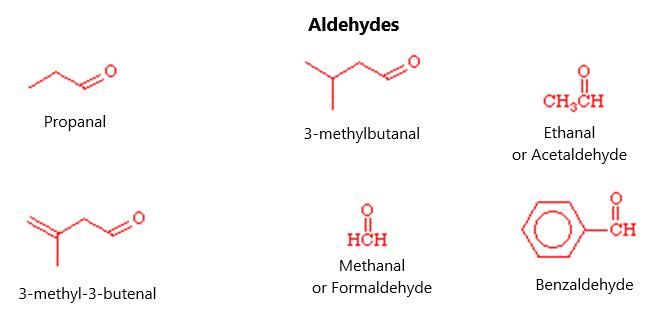The biggest problem with this is that the RNH2 molecule is also nucleophilic so that it reacts with more alkyl halide to give a secondary or tertiary amine molecule. The end result is that there will be a mixture of primary, secondary, and tertiary amines, and quaternary ammonium salts unless a large excess of ammonia is used (which favors a primary amine). Note, this reaction cannot be done with aryl halides because they do not undergo simple nucleophilic substitution.
REDUCTION OF NITROGENOUS COMPOUNDS First of all, what is an azide? It is a RN3 molecule, in which an alkyl chain is attached to a nitrogen, that is attached to another nitrogen, that is attached to still another nitrogen. This will have a positive charge on one nitrogen and a negative charge on the other but it is still unstable and easily reduced to a RNH2 molecule through the reduction process shown in figure 102:
Figure 102.
Figure 102 shows the reduction of nitriles as well, which also gives rise to a primary amine molecule. These are oxidation-reduction reactions that get reduced through the addition of different reagents. With RN3, the reducing agent is either LiAlH4 (lithium aluminum hydride) or catalytic hydrogenation with hydrogen gas and palladium.
181




























































